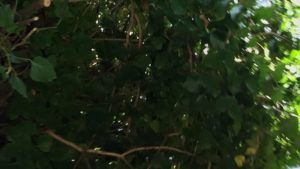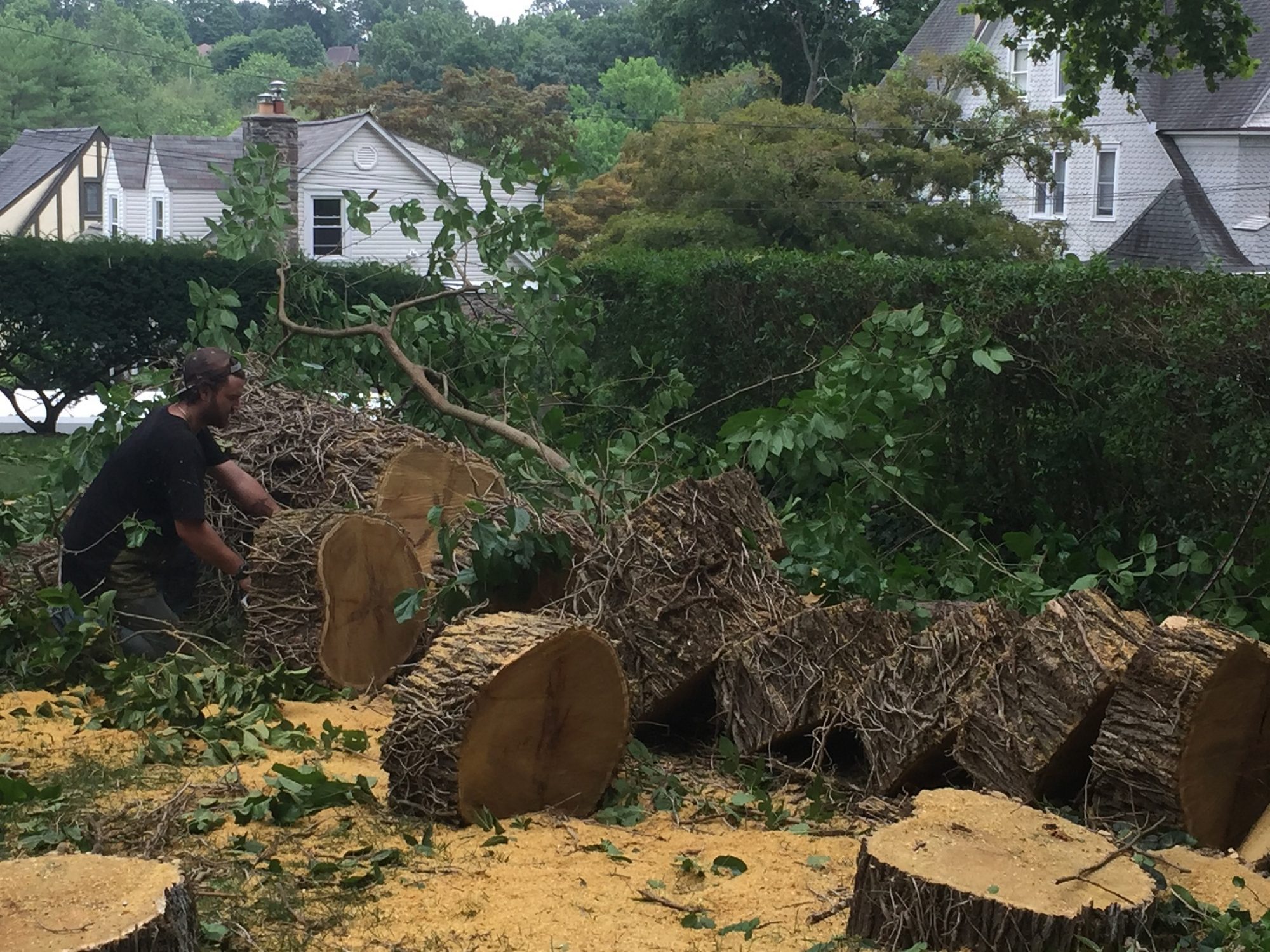DIY pruning is a dangerous thing to do; without proper training and ideas, you might get into trouble. Accidents may occur if you do DIY pruning and more.
DIY
DIY stands for do-it-yourself, which means you do such things rather than depending on the professionals. Some people choose to do it themselves because they found it practical, they can learn new things, and it can make your brain sharp and attentive. Doing DIYs, we must be open to the possibilities that we might fail in the task and have proper precautions, especially in challenging tasks.
What is pruning?
Pruning is when you remove some parts of the plants, including branches, roots, and buds.
Tools for pruning
If you are planning to prune your plants, you must have the appropriate tools to do it properly and safely. Here are the suggested tools in pruning.
Hand shears
Hand shears are used when cutting small brunches of twigs.
Looper shears
These are appropriate in cutting the branches with a diameter of 1 ½ inches or less.
Pruning saw
A pruning saw is used in cutting large limbs of the tree, which has a diameter of 6 inches or less.
Chainsaw
It can significantly work for the limbs of the trees, which has greater than 3 inches in diameter.
Pole pruners
Pole pruner is a long pruner that can reach up to eight feet without any hassle.
Tree pruner
This three pruner is a little bit similar to a pole pruner but, it differs in the blade. The blade of tree pruner is smaller than the pole pruner.
Topiary Shears

Topiary shears is a single bow that is often used in cutting onions.
Dangers of DIY pruning
What are the possible dangers or mistakes that you will have if you do the DIY pruning?
Branch collars will get damaged
Collars are where the branches and the trunks meet. A tree branch collars contain a cell that helps the tree heal if there are wounds. If improper pruning happens, you might cause an infestation through the collars.
Too much foliage
One of the essential components of the tree is the foliage, which is the leaves of the tree. You must remove 5-10% only of the tree’s foliage to prevent the trees from starving.
The bark of the tree
The tree’s bark is the outside layer of the tree’s stem and roots, and its primary role is to protect the trees from disease. If you tear the bark of the tree, then you are exposing the tree to diseases.
Accidents
If you’re not amateur in pruning, you might encounter accidents such as falling from the tree. Experts know how to dwell with that situation in pruning.
These are the things you need to avoid and must think twice before doing the DIY pruning.
Conclusion
Do it Yourself video’s taught people new things and skills, which can be used in making and repairing some things but we must bear in mind that not all items can be done through DIYs. There are things that we need to leave to the professionals. We need to have proper knowledge before deciding on DIY experiments; it is to prevent unnecessary happenings. Not all the time is DIY advised, especially in difficult and complicated procedures.
Failed DIYs might lead us to difficult situations and dangers.

